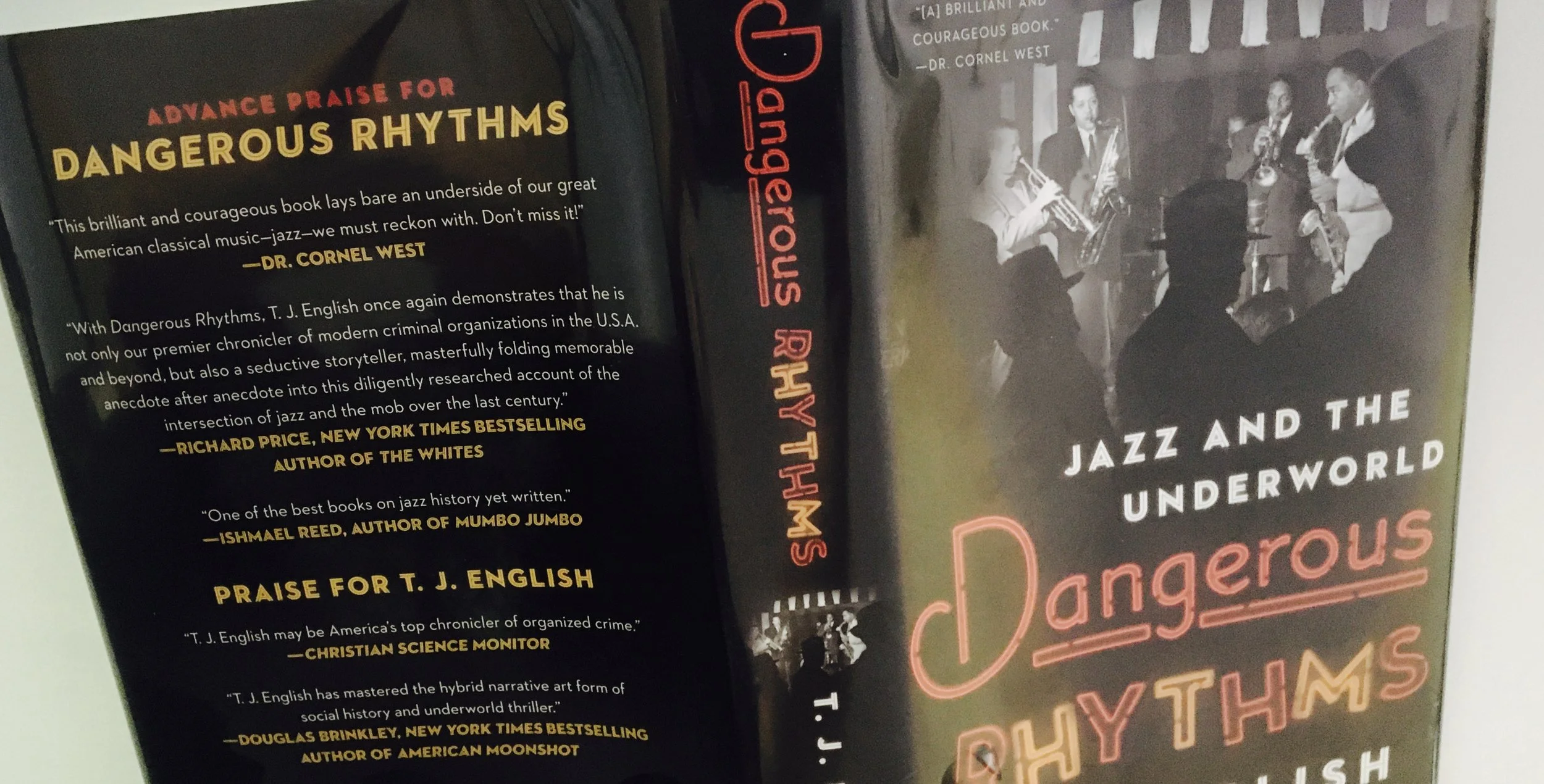Kansas City figures prominently in T.J. English’s new book Dangerous Rhythms: Jazz and the Underworld. The author frequently cites the town’s clubs, mobsters and musicians to make a convincing case that the mafia and jazz were inextricably linked for much of the previous century.
An absorbing chapter is dedicated to Pendergast-era Kansas City. Most Plastic Sax readers will already be familiar with the details, but English brings a fresh perspective to his vivid descriptions of venues including the Clay County supper club Cuban Gardens.
Count Basie, Mary Lou Williams and Charlie Parker are among the musicians associated with Kansas City referenced throughout Dangerous Rhythms. Each became ensnared in one or more of the mafia’s revenue streams.
English asserts Basie had a gambling problem which compelled him to rely on mobsters. Parker was among the musicians addicted to mob-distributed heroin. Williams’ aversion to gangster-run venues altered the course of her career.
Yet the story told by English is nuanced. He doesn’t downplay gruesome violence, sickening racism and shameful exploitation, but English suggests that decades of artistic innovation may not have occurred without the unchecked vice overseen by mobsters.
